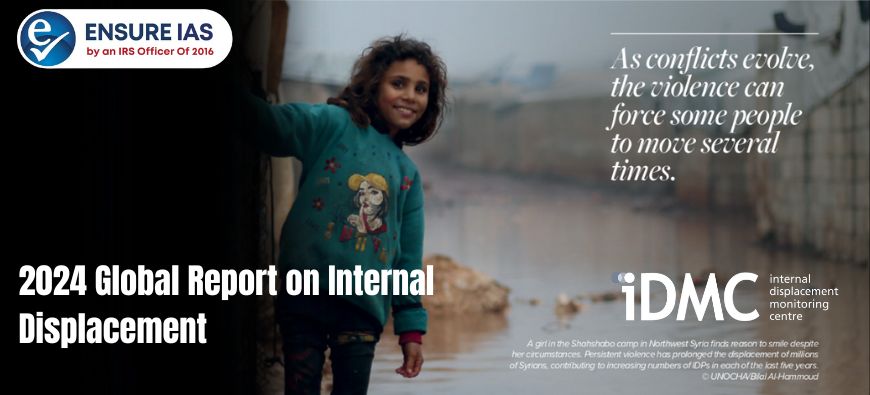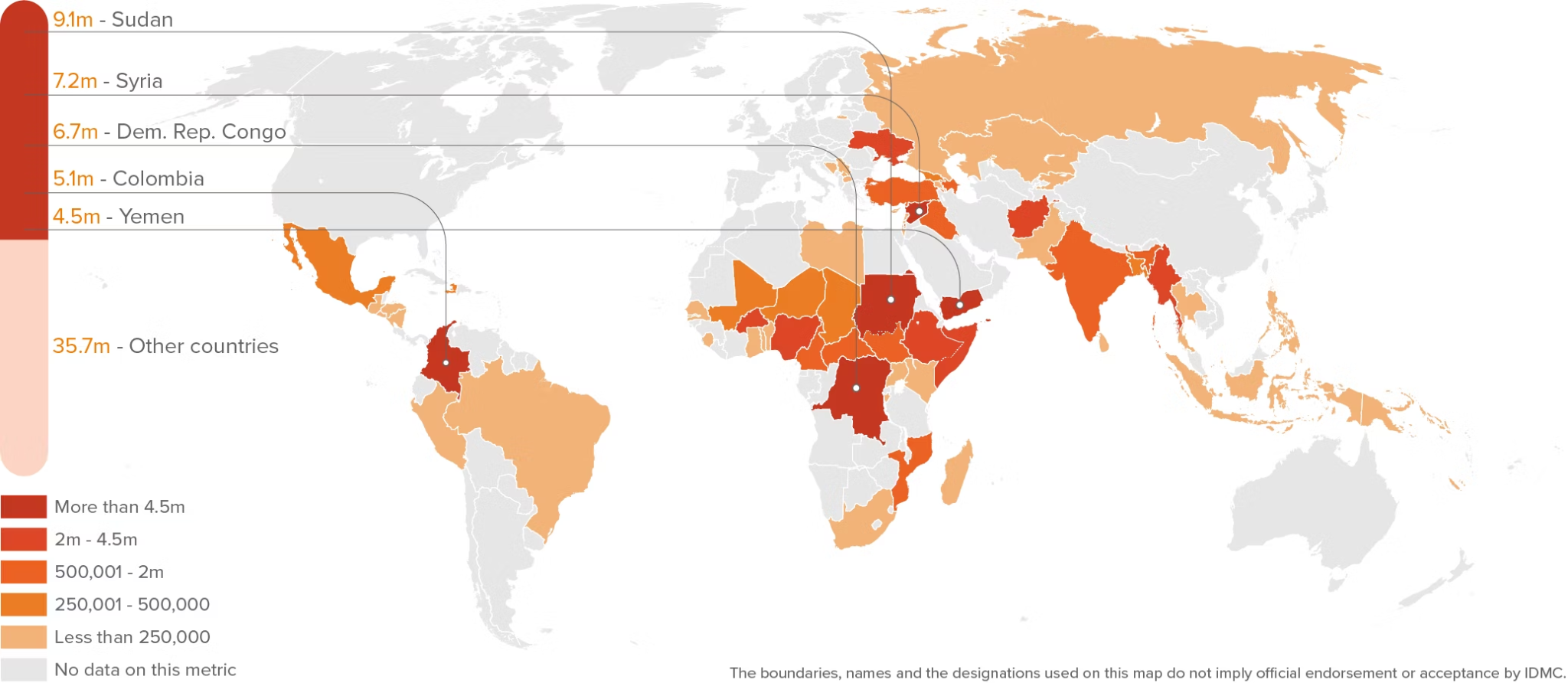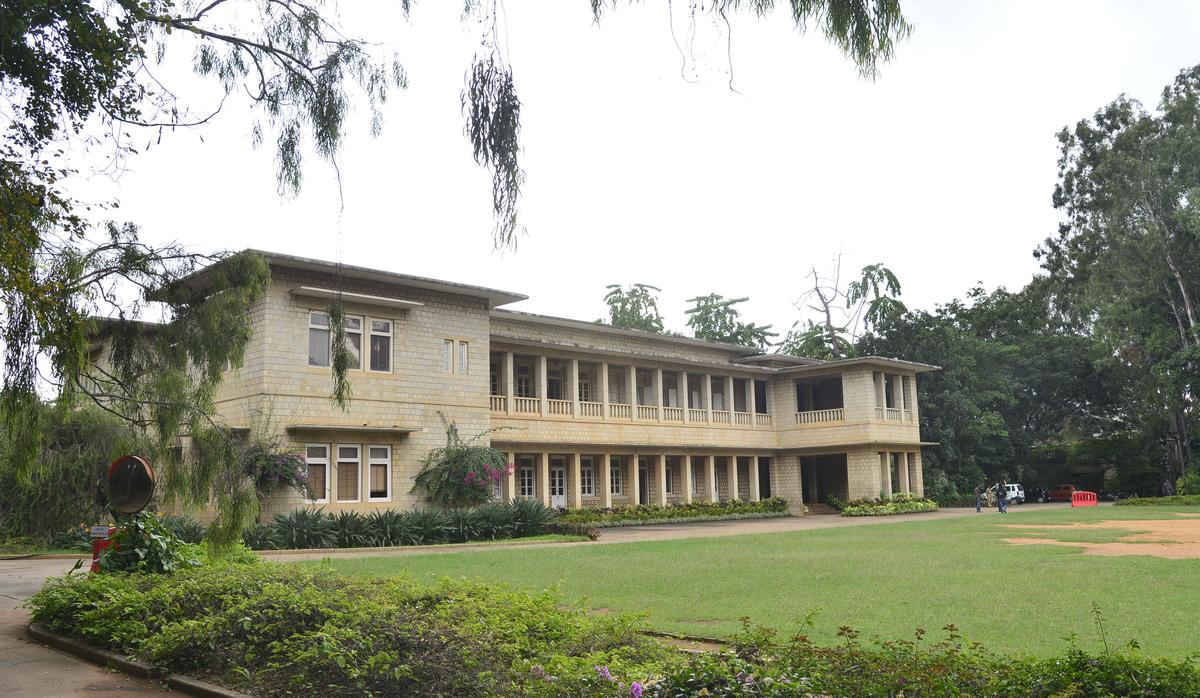- Courses
- GS Full Course 1 Year
- GS Full Course 2 Year
- GS Full Course 3 Year
- GS Full Course Till Selection
- Online Program
- GS Recorded Course
- NCERT (Recorded 500+ Hours)
- Polity Recorded Course
- Geography Recorded Course
- Economy Recorded Course
- AMAC Recorded Course
- Modern India, Post Independence & World History
- Environment Recoded Course
- Governance Recoded Course
- Science & Tech. Recoded Course
- International Relations and Internal Security Recorded Course
- Disaster Management Module Course
- Ethics Recoded Course
- Essay Recoded Course
- Current Affairs Recoded Course
- CSAT
- 5 LAYERED ARJUNA Mentorship
- Public Administration Optional
- ABOUT US
- OUR TOPPERS
- TEST SERIES
- FREE STUDY MATERIAL
- VIDEOS
- CONTACT US
2024 Global Report on Internal Displacement
2024 Global Report on Internal Displacement

Recently, Geneva-based Internal Displacement Monitoring Centre (IDMC) published a report which reveals 69,000 displacements in South Asia due to conflict, with Manipur violence accounting for 67,000.

- The IDMC is a global organization that tracks and reports on internal displacement.
- The term "internal displacement" refers to the forced movement of a person within the borders of a country.
Global Perspective:
- 68.3 million displaced by conflict and violence worldwide in 2023.
- 22.6 million increase in IDPs (Internally displaced people)due to conflict in the past 5 years.
- Sudan, DRC, Palestinian territories saw major displacements in 2023.
- 75.9 million total IDPs globally (including disasters) at 2023-end.
- Internally displaced people (IDPs) : Internally displaced people are those who have been forced to flee their homes as a result of conflict, violence, or disasters and who have not crossed an internationally recognized State border.
Key Differences:
|
Feature |
Internally Displaced People (IDPs) |
Internal Displacements (Movements) |
|
Focus |
Individuals |
Events/Occurrences |
|
What it measures |
Number of people displaced |
Number of displacement instances |
|
Time frame |
Point in time (e.g., end of year) |
Cumulative over a period (e.g., year) |
Why does the number of IDPs keep increasing?
- New escalations of conflict such as in Sudan and Palestine forced millions of people to flee in 2023.
- Earthquakes, storms, floods and wildfires destroyed large numbers of homes, forcing even more people to remain displaced at the end of the year.
- In the absence of durable solutions to displacement, the number will likely continue to rise.
Key Points:
- The report by the IDMC termed it the highest number of displacements triggered by conflict and violence in India since 2018.
- On May 3, 2023, a 'Tribal Solidarity March' in the hill districts of Manipur led to ethnic clashes between the Meitei and Kuki communities, resulting in the loss of more than 200 lives.
- The Manipur High Court had called for recommendations for recognizing the Meitei community as a "Scheduled Tribe", which had faced opposition from other local STs, including the Kukis.
- More than three-quarters of the movements took place within Manipur, but about one-fifth took place in the neighbouring state of Mizoram and smaller numbers in Nagaland and Assam.
- At the end of 2023, there were 0.61 million internally displaced persons in India.
Manipur's Displacement Crisis:
- In 2023, Manipur experienced internal displacement, accounting for 97% of all such cases in South Asia.
- This means that 67,000 people out of a total of 69,000 people in the entire region were displaced from their homes within the state.
The Spark that Ignited the Crisis
- The root of the crisis lies in the ethnic clashes that broke out between the Meitei and Kuki communities following the 'Tribal Solidarity March' on May 3, 2023.
- The march was organised in protest against the Meitei community's demand for Scheduled Tribe (ST) status.
- A designation intended to protect marginalised groups.
- However, this demand faced resistance from other local STs, including the Kukis, who feared losing their existing benefits and rights.
- The tension had further increased due to a land dispute between the two communities.
- The violence that followed quickly spread to several districts including Churachandpur, Imphal East, Imphal West, Bishnupur, Tengnoupal and Kangpokpi.
- This caused widespread fear and panic, forcing thousands of people to flee their homes in search of safety.
Government Response:
- In response to the increasing violence, the Indian government implemented a number of measures aimed at restoring order and providing assistance to the displaced.
- These measures included imposing curfews, shutting down the internet, and deploying security forces.
- Additionally, the government established relief camps to provide temporary shelter and basic needs to those who had lost their homes.
- A peace committee was also established to facilitate dialogue between the conflicting communities and find a peaceful solution to the crisis.
- However, the committee faced challenges due to disagreements over its structure and lack of trust between communities.
- As a result, its effectiveness in restoring peace and facilitating the return of displaced persons has been limited.
The Road to Recovery:
The road to reform for Manipur is challenging, with immediate needs such as shelter, food, water, and healthcare for the displaced. Long-term consequences like psychological trauma and disrupted education also require attention. Restoring peace and security is important for the safe return of displaced persons, involving addressing grievances and resolving land disputes.
- The government should invest in infrastructure and economic opportunities to support recovery. The international community can provide financial and technical support for relief and rehabilitation efforts and promote dialogue and reconciliation.
- The displacement crisis in Manipur emphasizes the need for addressing the root causes of violence and having early warning systems and preparedness measures to prevent future displacement crises.
Must Check: Best IAS Coaching In Delhi



